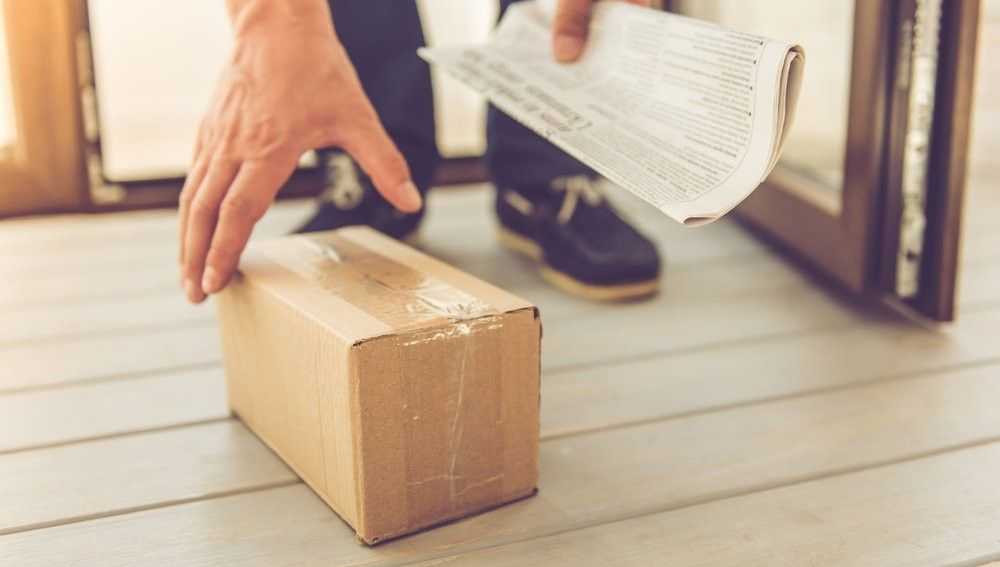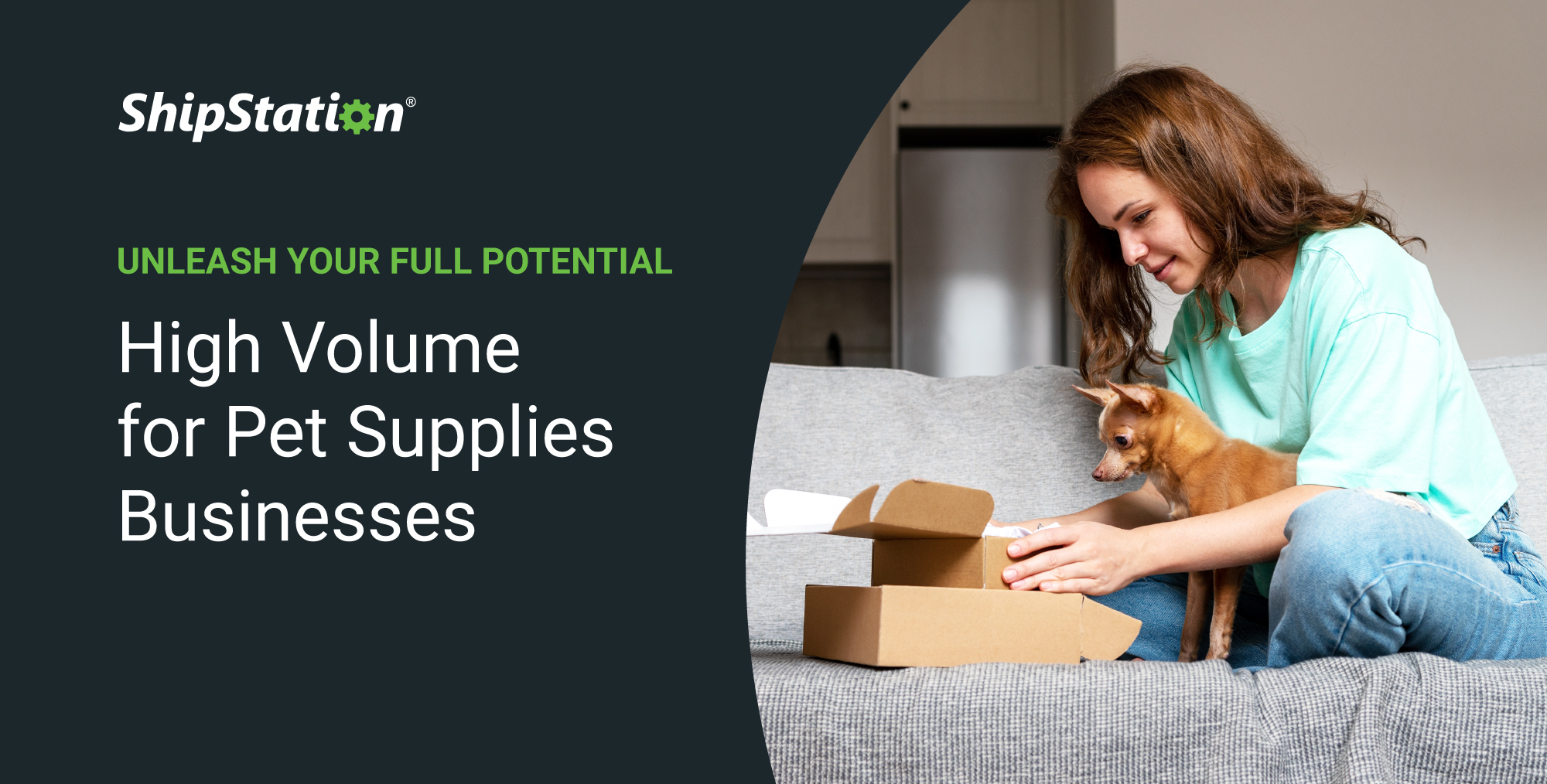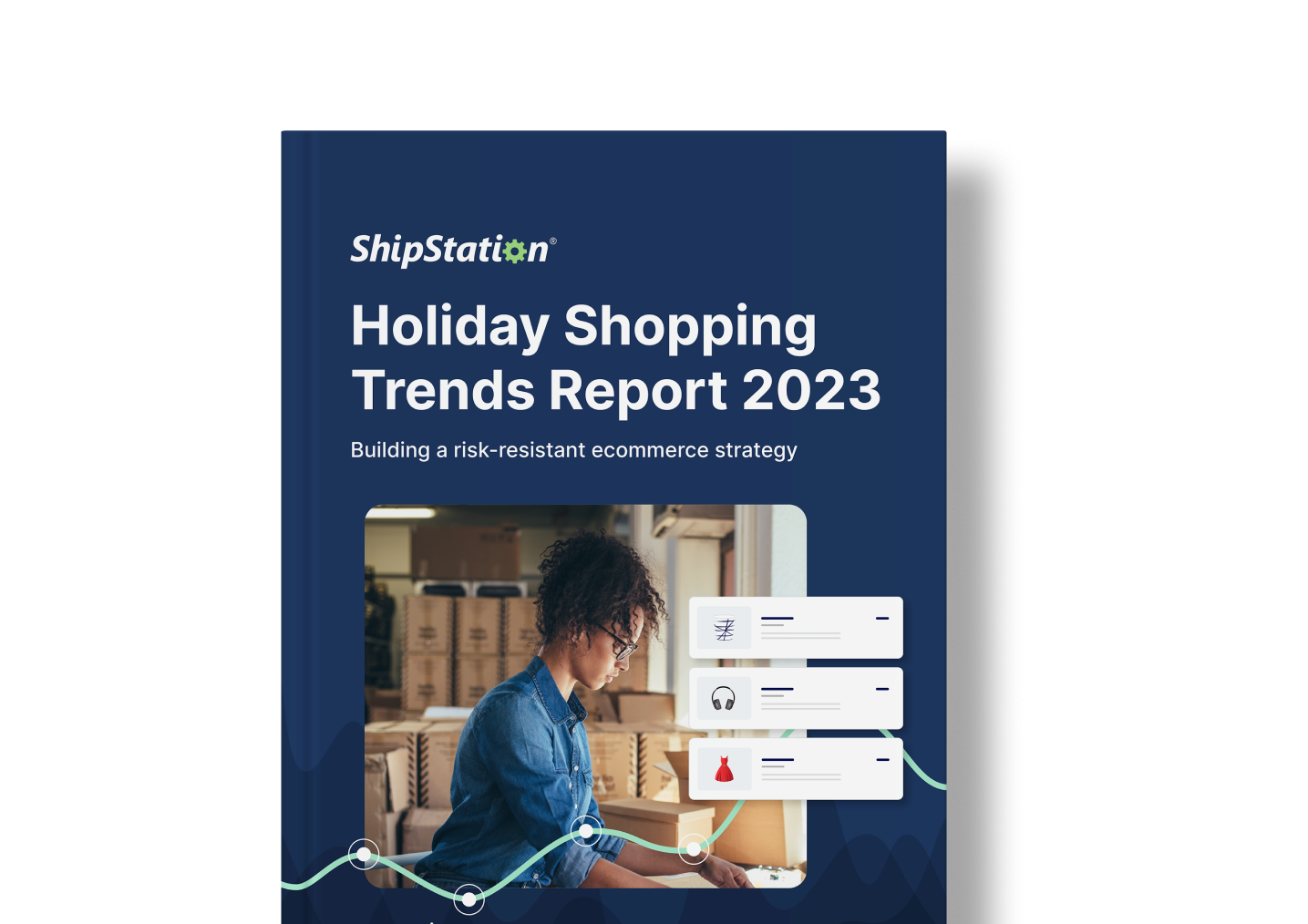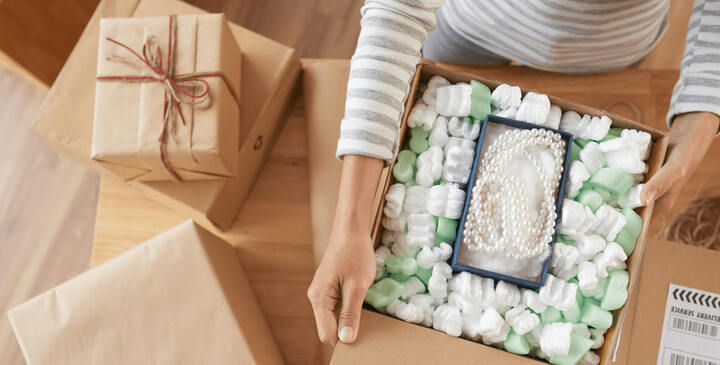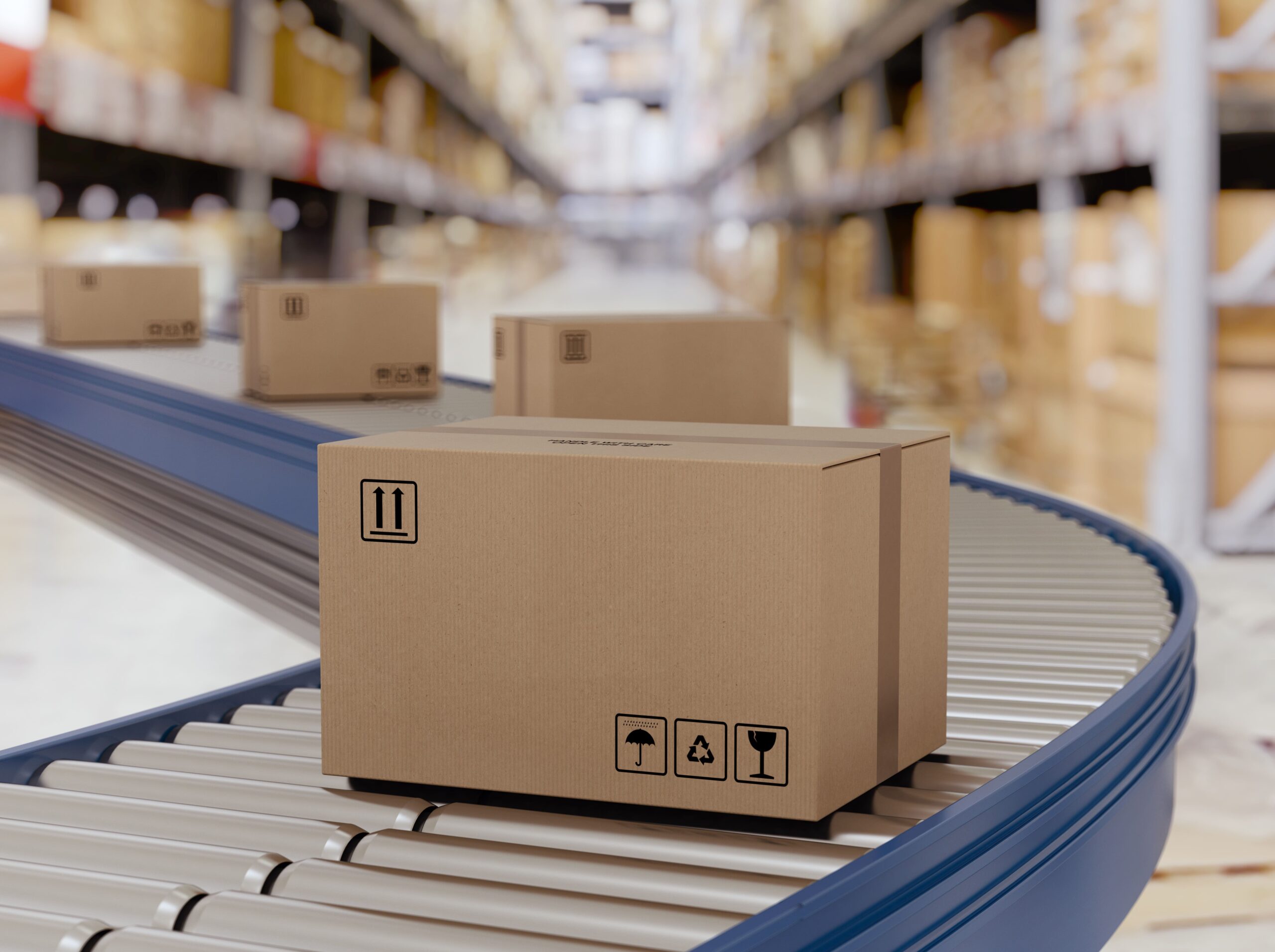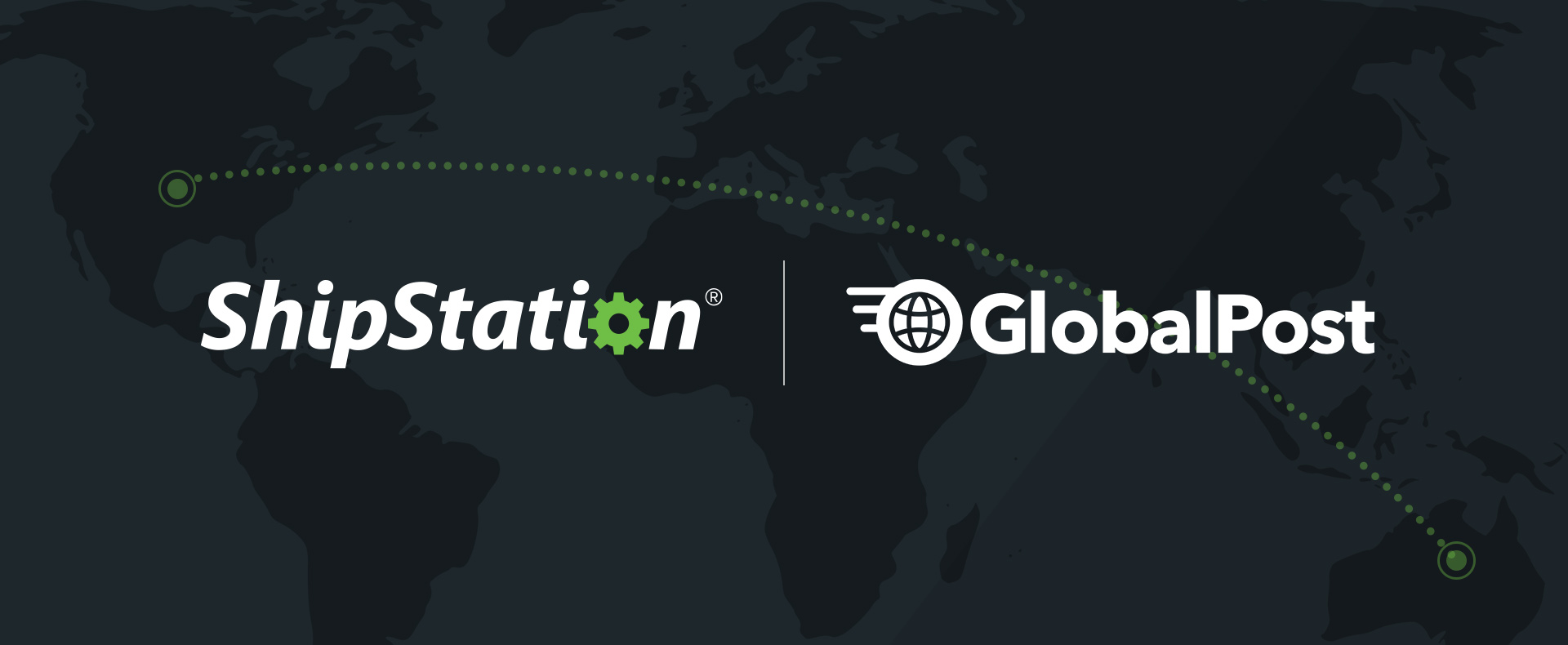3 Biggest Myths of Sustainable Ecommerce Packaging Debunked
Beth Owens is the Copywriter and Content Strategist at Noissue. Noissue is the eco-friendly custom packaging solution for every size of business. Their recently-released 100% compostable shipping mailers are made from corn starch and are guaranteed to disappear within six months.
It’s safe to say that sustainable business practices have increasingly become the norm in the last few years. Being ‘green’ is no longer the domain of eco-friendly companies. The average ecommerce brand is now expected to do their bit for the planet.
Packaging is an area where ecommerce merchants can give themselves a sustainable revamp. After all, packaging waste is a massive global problem. According to the EPA, packaging makes up nearly one-third of all household waste. As ecommerce grows, this proportion is set to increase.
We are debunking the three biggest myths around sustainable packaging and what this means for ecommerce vendors.
Myth #1: Sustainable packaging is expensive
One of the biggest problems of widespread plastics use, aside from the environmental impact, is that it can make other packaging materials look expensive in comparison. It’s a classic case of supply and demand; one of the reasons why plastics are cheap is because they are abundant. The production of plastics is much higher than sustainable packaging materials, which keeps prices down. Therefore, it’s easy for businesses to look at their bottom line and believe that sustainable alternatives aren’t financially viable. According to Raconteur, 43% of businesses cite cost as being one of the biggest obstacles in adopting sustainable packaging.
However, a change of perspective shows that sustainable packaging is more cost-effective than it may first appear. Looking at cost alone doesn’t consider the less tangible ways that sustainable packaging benefits your business.
Reality: Sustainable packaging is a high-value asset
An eco-friendly revamp is a great opportunity to reconsider what packaging elements are necessary for your operation. Thanks to new innovations, businesses have more choices for packaging materials than ever before. Bioplastics, such as sugarcane and cornstarch, are growing in popularity because they have the same attributes as plastic packaging such as being waterproof, durable, and easy to print on.
It’s important to consider what sustainable packaging says to your customers about your brand. In 2019, sustainability and environmental consciousness became an increasingly important criterion for consumers. According to Nielsen, 81% of consumers feel that companies should invest more resources to improve the environment, with two-thirds willing to pay more to purchase from sustainable brands.
Packaging has become the physical embodiment of a brand’s attitudes in this area. First impressions count for a lot. Making the effort to reduce your footprint in this area doesn’t just show off your green credentials, it makes you a much more desirable brand.
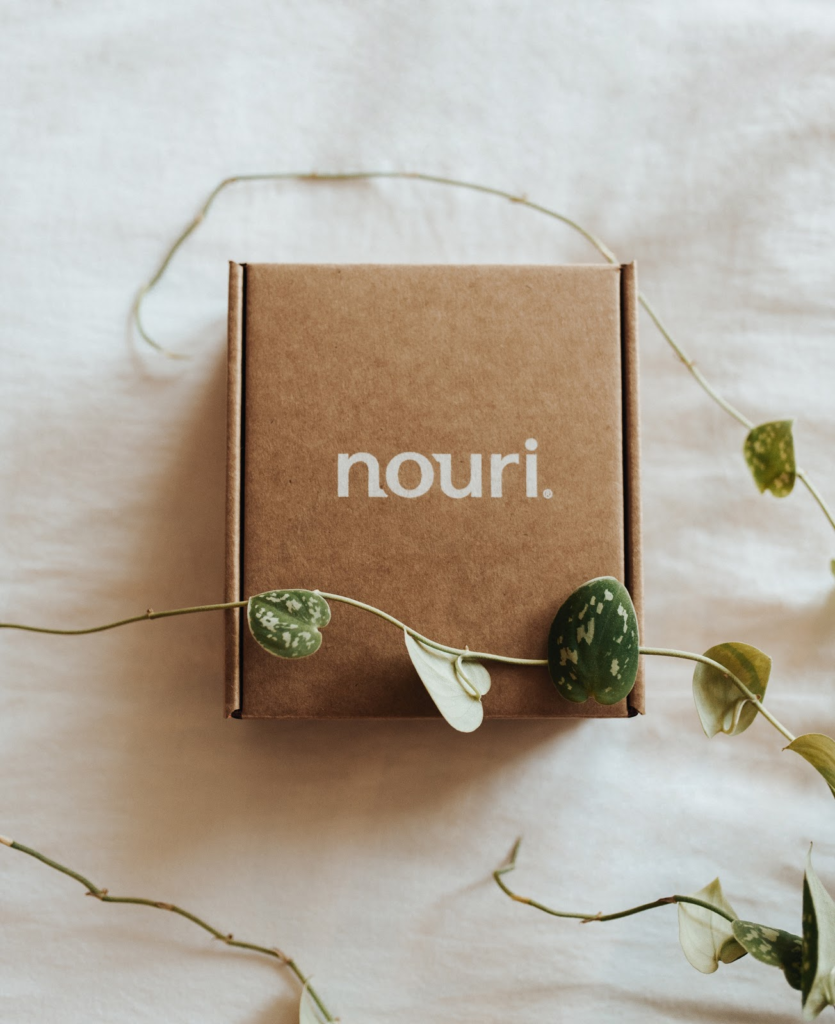
Myth #2: Sustainable packaging means lost branding opportunities
Sustainable packaging is often associated with ‘plain’ designs. This has created a big misconception that minimalism in impact has to mean minimalism in design. Many businesses believe that switching to sustainable packaging means giving up a ‘premium’ brand experience. In other words, ‘green’ packaging has become a byword for ‘boring’ packaging with little branding potential.
Reality: You can get both branding and eco-friendly benefits with custom sustainable packaging
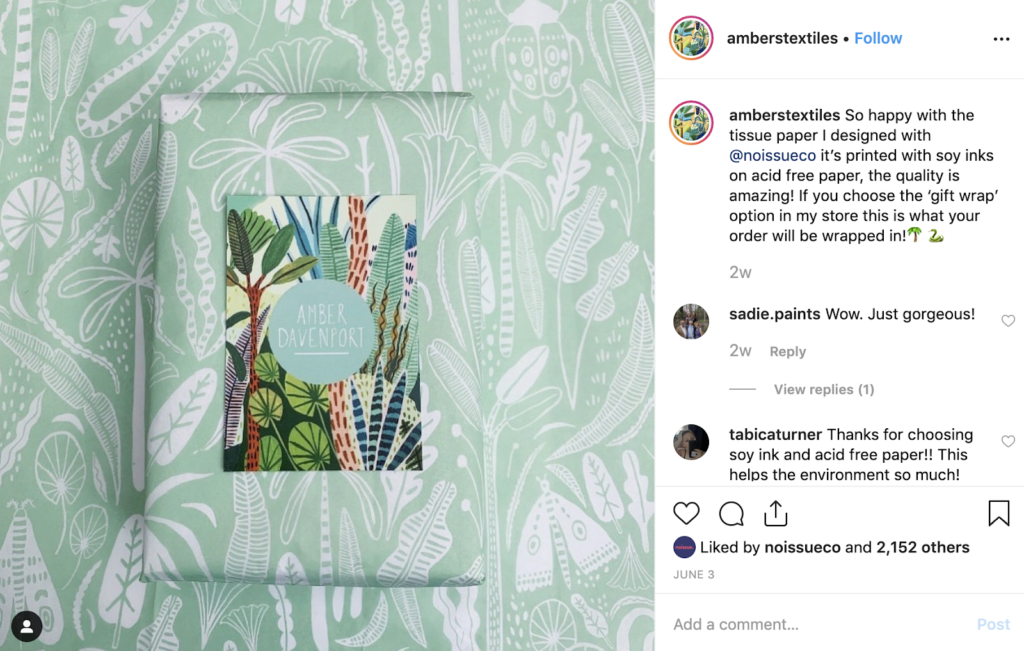
As with regular packaging, there are many custom options available for sustainable packaging. If packaging is already a necessary business expense, going custom ensures you are getting your money worth in your investment. You get the benefit of an eye-catching design, and also doing your part to protect the planet!
Especially for small businesses, custom sustainable packaging is a fantastic marketing tool. While MOQs (Minimum Order Quantities) are often higher for custom packaging designs, it’s a fantastic way to quite literally brand your business as sustainable. A well-branded, attractive design is likely to resonate with your audience, especially when you mention that it’s eco-friendly.
If you’re just starting off, you don’t need to invest in a full custom packaging experience. Options like custom tissue paper, custom packaging tape or custom stickers are great cost-effective options for small businesses.
Myth #3: Sustainable packaging is the same as ‘zero waste’ packaging
‘Sustainable packaging’ is an intimidating concept because it gets used interchangeably with ‘zero-waste’ packaging. The latter has become a popular concept, especially amongst conscious consumers and brands. The rise of ‘BYO container’ grocery stores is just one example of how some businesses are minimizing their footprint as much as possible. This sustainable trend has created a lot of confusion for businesses over whether a packaging design is truly ‘sustainable’ if it creates any kind of waste.
Reality: It’s about the journey, not the destination
These words might sound cliche, but it’s the truth when it comes to sustainability. For practical and financial reasons, big changes rarely happen overnight. Zero waste is a fantastic target to set for your business. But every step you take towards making your packaging more sustainable is significant. It’s really important to celebrate these milestones – they present some fantastic marketing opportunities for your brand.
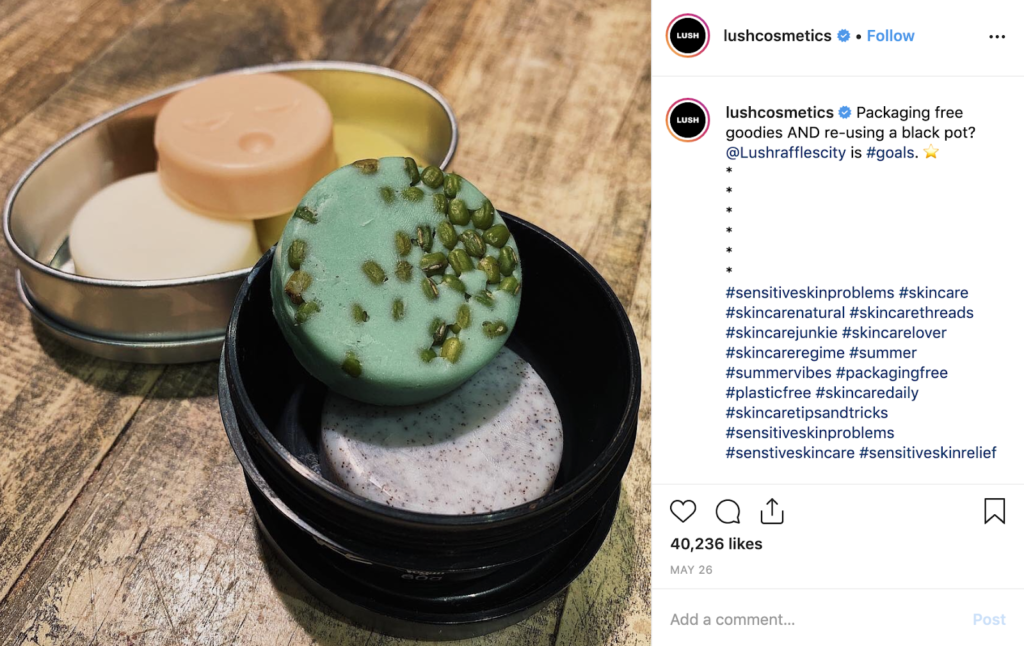
Lush Cosmetics is a great example of long-term sustainable attitudes in action. As a brand, they pioneered the concept of ‘zero waste’ with their shampoo bars and bath bombs. However, they still use plastic containers for many of their products out of necessity. They put a lot of effort into making their packaging more sustainable wherever they can. This includes incentivizing customers to return their containers and making their bottles 10% thinner to save on 13,500 pounds of plastic.
The takeaway here? Lush’s continuous efforts to refine their packaging have had a positive environmental impact and won them admiration (and patronage!) from consumers. By following the 3 R’s (Reduce, Reuse, Recycle) any business can maximise the efficiency of their packaging design. Even if the end result isn’t a perfect ‘zero waste’ scenario these changes nonetheless benefit the planet, something we should all be encouraging.
A sustainable packaging revamp doesn’t have to mean compromising on branding opportunities, or ditching packaging completely. In 2019, there are far more options available for businesses wanting to lower their impact and still capitalize on cost-effectiveness and marketing capabilities. In short, you can have your cake and eat it too!

